1. The Greenbrier Ghost of West Virginia
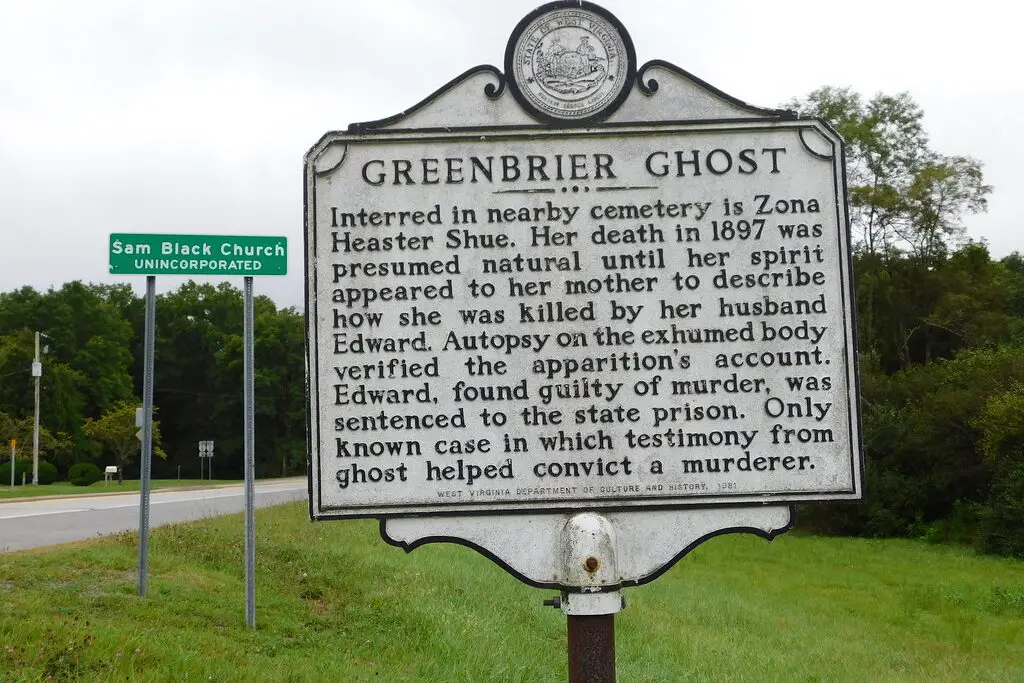
In 1897, the spirit of a young woman named Zona Heaster Shue allegedly returned from the grave to solve her own murder. According to her mother, Mary Jane, Zona’s ghost appeared night after night, insisting that her husband had killed her in a fit of rage. Mary Jane took the story to the local prosecutor, and an investigation followed. Sure enough, Zona’s body was exhumed, and her broken neck confirmed foul play. Her husband was tried and convicted—all thanks to a ghost’s testimony shares WBOY.
It’s the only known case in U.S. history where a ghost was listed as a witness in a murder trial. Newspapers at the time were equal parts horrified and fascinated, with headlines blurring the line between justice and the supernatural. Many believed Mary Jane invented the ghost story to get the case reopened, but others insisted it was real. Either way, Zona’s tale has stuck around for over a century. Some say her restless spirit still lingers in the Greenbrier Valley adds Real WV.
2. The Haunted Schoolhouse of Hartford, Connecticut
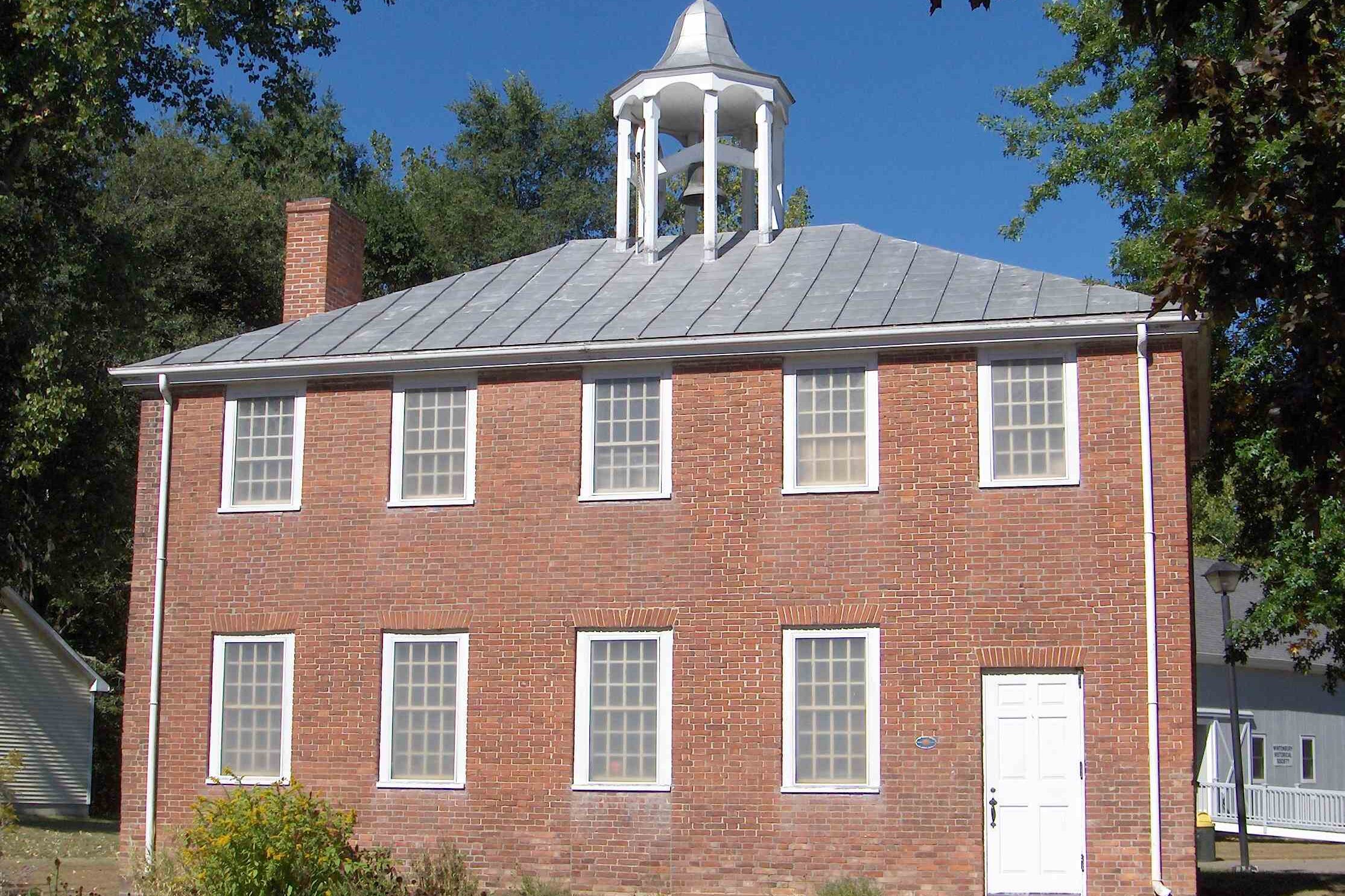
In 1850, reports began circulating about a schoolhouse in Hartford that appeared to be haunted. Teachers claimed books flew from shelves, desks rattled on their own, and strange whispers echoed in empty hallways. The local paper ran a series of stories interviewing both terrified students and skeptical parents. Eventually, crowds began to gather outside the school, hoping to catch a glimpse of the ghost shares Patch.
Authorities investigated, but no clear explanation ever emerged. One theory was that a mischievous student had started the rumor and created the disturbances, but no culprit was ever found. The school temporarily closed because of the hysteria. Though it reopened months later, many students refused to return. The haunting faded, but the legend lived on.
3. The Watseka Wonder
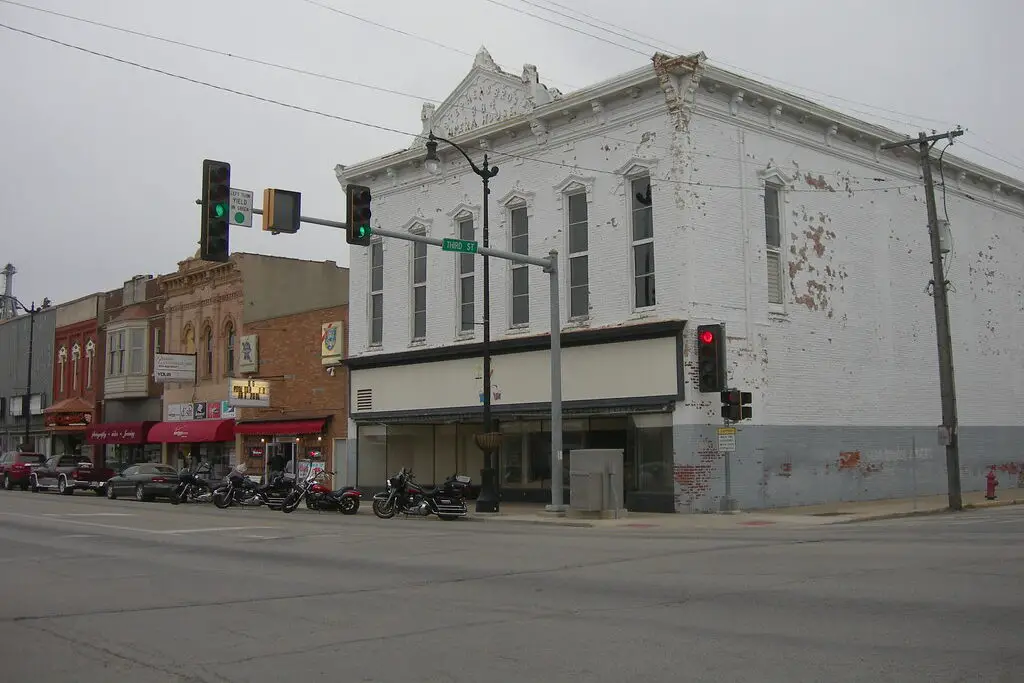
In 1877, a girl named Lurancy Vennum from Watseka, Illinois began experiencing strange trances and speaking in voices not her own. Eventually, she claimed to be the spirit of another local girl, Mary Roff, who had died several years earlier. Even Mary’s parents believed her, noting that Lurancy knew intimate details of their lives and home. Newspapers dubbed her “The Watseka Wonder” and followed the story like a Victorian soap opera says Fox 2.
Doctors, spiritualists, and skeptics weighed in with their opinions, but no one could quite explain it. Lurancy even lived with the Roff family for a time, insisting she was their daughter reincarnated. When she eventually returned to her own family, she resumed a normal life, but the memory of the possession never left town. The case is still cited today as one of the first documented examples of “spirit possession” in American history.
4. The Ghostly Bell Ringer of Independence Hall
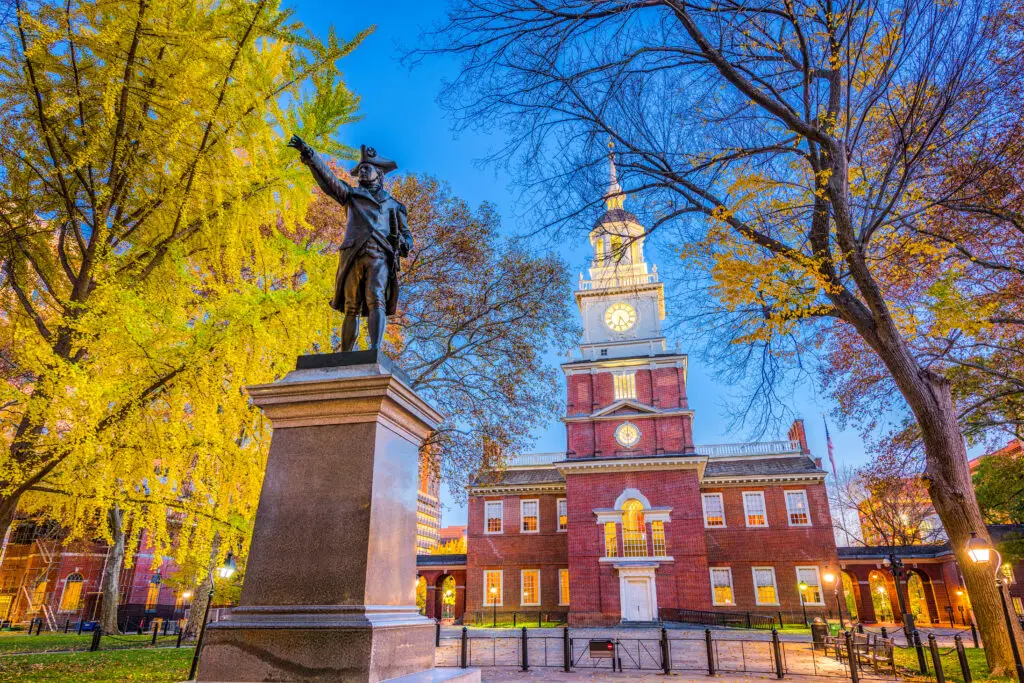
In the 1880s, night guards at Philadelphia’s Independence Hall began reporting something eerie: the unmistakable sound of a bell ringing, even though the building was locked and the bell was no longer in use. Some guards claimed to see a shadowy figure near the bell tower before it vanished into thin air. The local press caught wind of the reports and ran with the story, suggesting the ghost might be a patriot from the Revolutionary War.
Tourists flocked to the site, and some claimed to hear the bell for themselves. One journalist even tried to spend the night inside the building to catch the ghost in action but was scared off by a sudden, unexplained draft and footsteps in the dark. Theories ranged from pranksters to lingering spirits of long-dead Founding Fathers. But no one ever found a source for the phantom bell sounds.
5. The Cock Lane Ghost in London

Though technically late 1700s, the Cock Lane Ghost’s story was so widely reported into the 1800s that it took on a second life in that century. The ghost was said to be the spirit of a woman named Fanny Lynes who had died under suspicious circumstances in a London house. Her spirit supposedly haunted the home with raps and moans, which witnesses swore were attempts to expose her killer.
Newspapers in the early 1800s brought the tale back into the spotlight, especially after Charles Dickens referenced it in his writing. Investigators eventually determined the noises were faked by a young girl, but many still believed Fanny had tried to speak from beyond. It’s one of the earliest examples of a ghost story becoming a media sensation. Even centuries later, people still visit Cock Lane hoping to hear a knock from the other side.
6. The Ghost Ship of the Hudson River
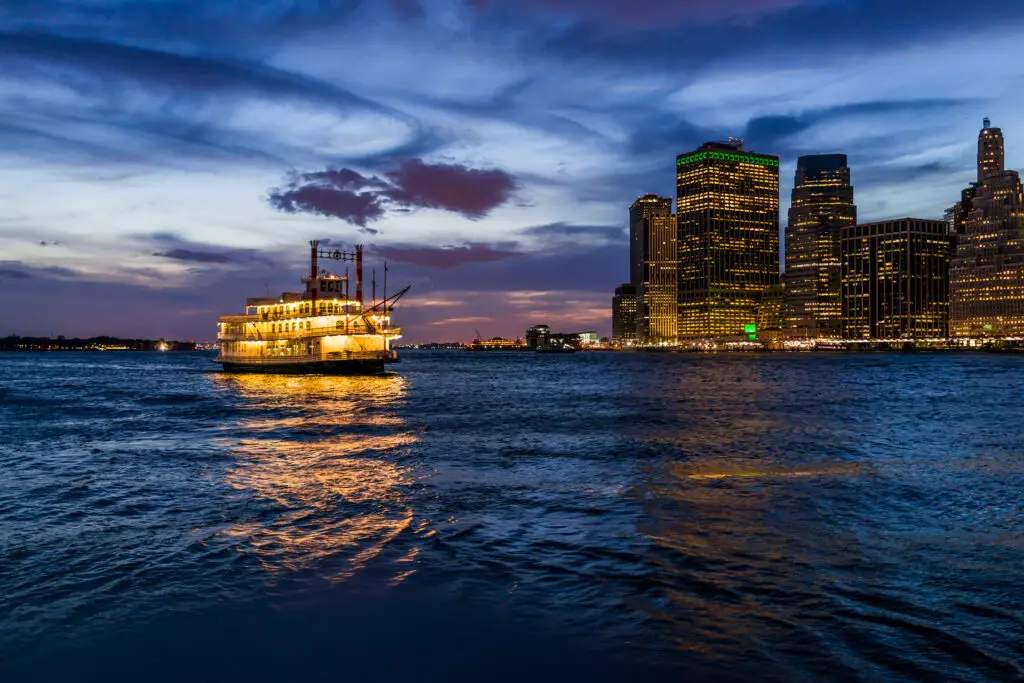
In the mid-1800s, sailors along the Hudson River began telling tales of a mysterious ghost ship that appeared during foggy nights. Described as an old sloop with tattered sails and no crew, it would silently glide through the mist before vanishing. One paper from 1855 ran a dramatic piece about a fisherman who claimed to have watched the ship pass through solid land. Others said they heard mournful music drifting from the deck.
The ship was rumored to be cursed, possibly connected to a wreck that happened years earlier. Despite attempts to chase it down or photograph it, no one ever caught proof. Over time, the story became a favorite among riverfolk and local children. It was said that if you saw the ship, bad luck would follow.
7. The Springfield Specter

In 1882, residents of Springfield, Massachusetts were gripped by reports of a glowing figure roaming the cemetery at night. Some said it was a woman in white; others described a skeletal form with a lantern. Local journalists investigated and even claimed to witness it, sparking a surge of ghost-hunting parties in the area. The figure was seen so often that people began to call it “the Springfield Specter.”
At one point, the police were called in to chase down the apparition, but it vanished before they could catch it. While some insisted it was a prank, others believed it was the ghost of a recently buried widow said to have died tragically. The story gained traction outside of Massachusetts, with papers as far away as Chicago reporting on the sightings. Eventually, sightings died down, but the mystery was never solved.
8. The Phantom Train of Lincoln, Nebraska

In 1891, residents near Lincoln started hearing a train whistle in the dead of night, even though no trains were scheduled. One farmer claimed to have seen a glowing engine roll past his fields with no conductor in sight. Others reported hearing screeching brakes and disembodied voices. The Lincoln Herald published a piece speculating that the ghost train was connected to a tragic crash from a decade earlier.
Soon, people were lining the tracks at midnight to catch a glimpse. While some blamed the sounds on echoing winds, others pointed to the consistency of the timing—it always came at 12:17 a.m. Exactly the time the old train had derailed. The story became so well-known that engineers refused to drive through the area on that anniversary. To this day, locals say you can still hear the phantom whistle on quiet nights.
9. The Apparition at the Old Charleston Jail
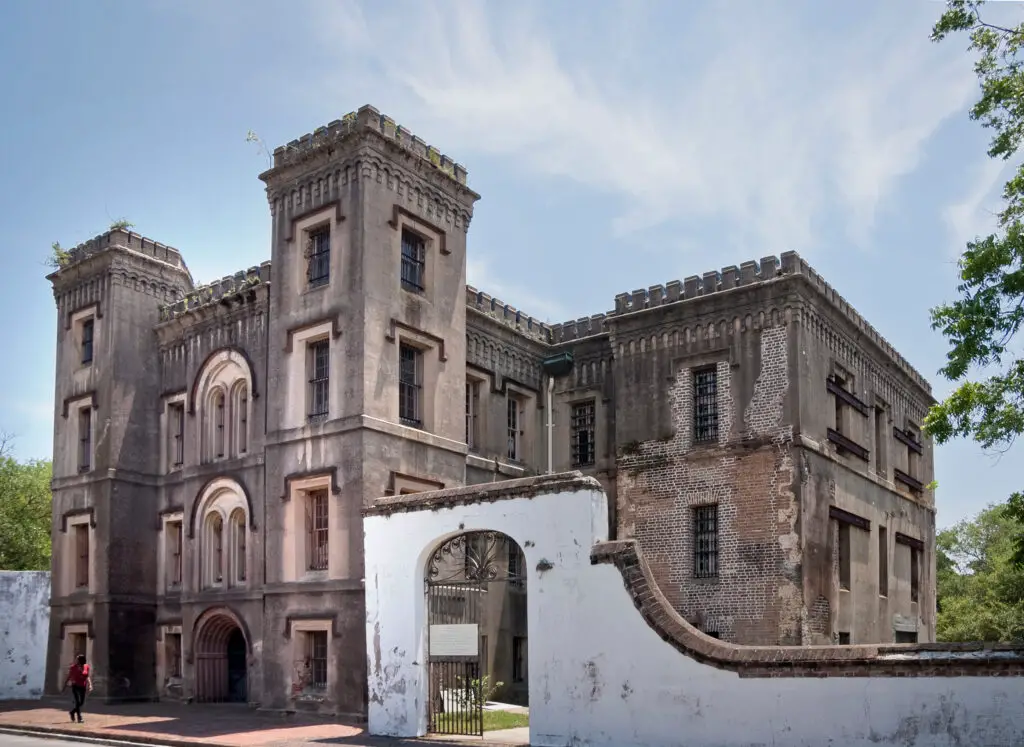
Charleston, South Carolina’s Old Jail had a reputation for being eerie, but in the 1870s, things reportedly took a supernatural turn. Prisoners and guards alike claimed to see a woman in a tattered dress floating through the corridors. She was said to be the ghost of Lavinia Fisher, a convicted murderer who was hanged nearby. Her final words were reportedly “If you have a message for the devil, tell me now—I’ll be seeing him soon!”
After that, the sightings began. Footsteps echoed where no one walked, chains clanked in empty rooms, and cold spots chilled even the bravest guards. Reporters who toured the jail described an overwhelming sense of dread. Though some dismissed it as imagination fed by fear, others weren’t so sure. The jail remained a popular site for ghost tours long after it closed.
10. The Restless Spirit of the Eastern State Penitentiary
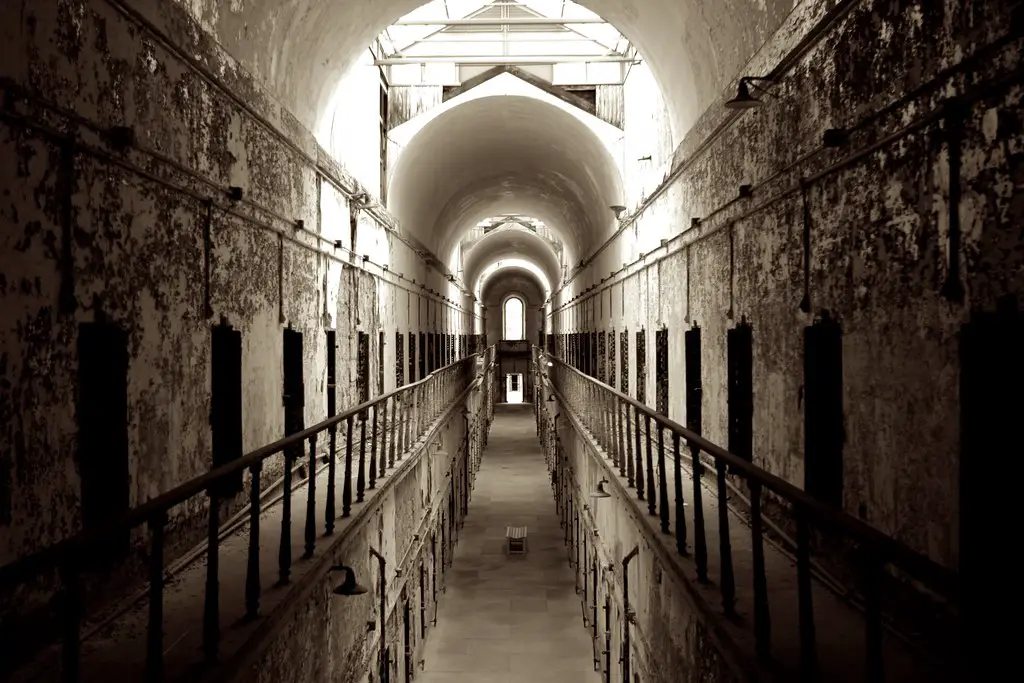
In the 1800s, Philadelphia’s Eastern State Penitentiary was not only known for its harsh conditions, but also its alleged hauntings. In 1866, reports surfaced about inmates seeing dark figures in their cells and hearing voices whispering in empty hallways. One story involved a guard who quit after seeing a headless man drift past him in Cellblock 4. Local papers treated the claims as both entertainment and warning.
Despite the skepticism, the stories didn’t die down. More guards refused to work the night shift, and prisoners begged to be moved to different cells. A spiritualist was brought in and claimed the building was saturated with misery and death. Even after the prison closed, rumors of hauntings continued. It’s now one of the most famously haunted places in the country.
11. The Headless Horseman of Ellicott City
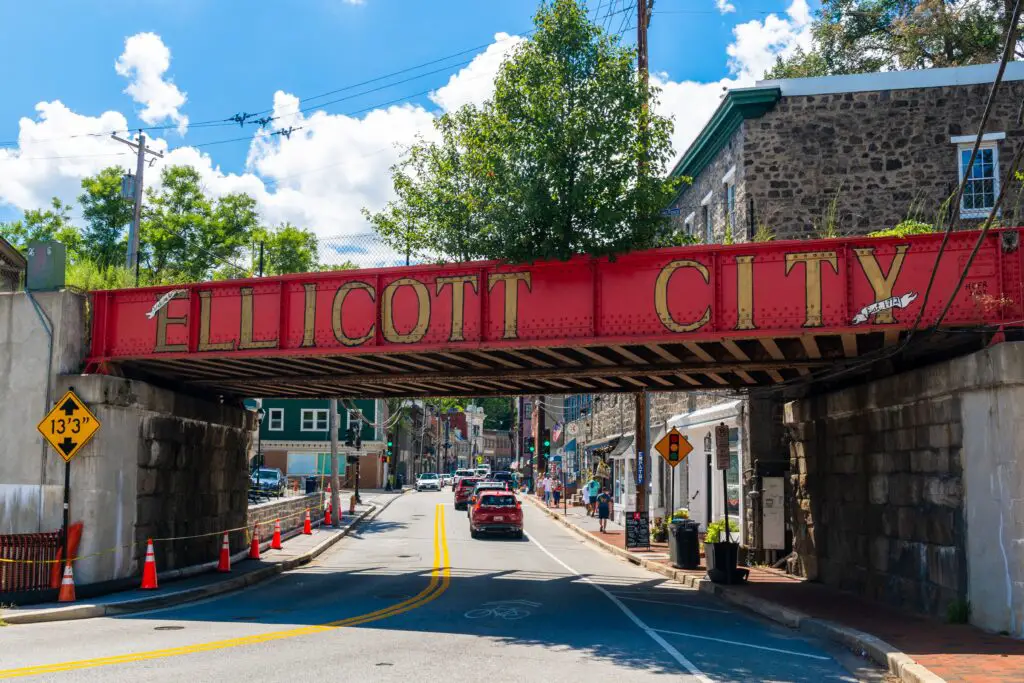
Ellicott City, Maryland, has a long history, and in the 1800s, stories of a headless horseman riding through town became newspaper fodder. The tale was said to date back to the War of 1812, when a soldier lost his head—literally—in battle. His spirit, according to reports, returned every year on the anniversary of his death. Witnesses claimed to hear galloping hooves followed by a cold wind and sudden silence.
The Baltimore Gazette printed stories of frightened farmers and mysterious hoof prints in muddy fields. Though skeptics chalked it up to overactive imaginations and the popularity of Washington Irving’s similar tale, locals insisted their horseman was real. Parents even used the story to scare kids into behaving. Even today, people still report eerie sightings near the Patapsco River.
12. The Rapping Ghost of Rochester
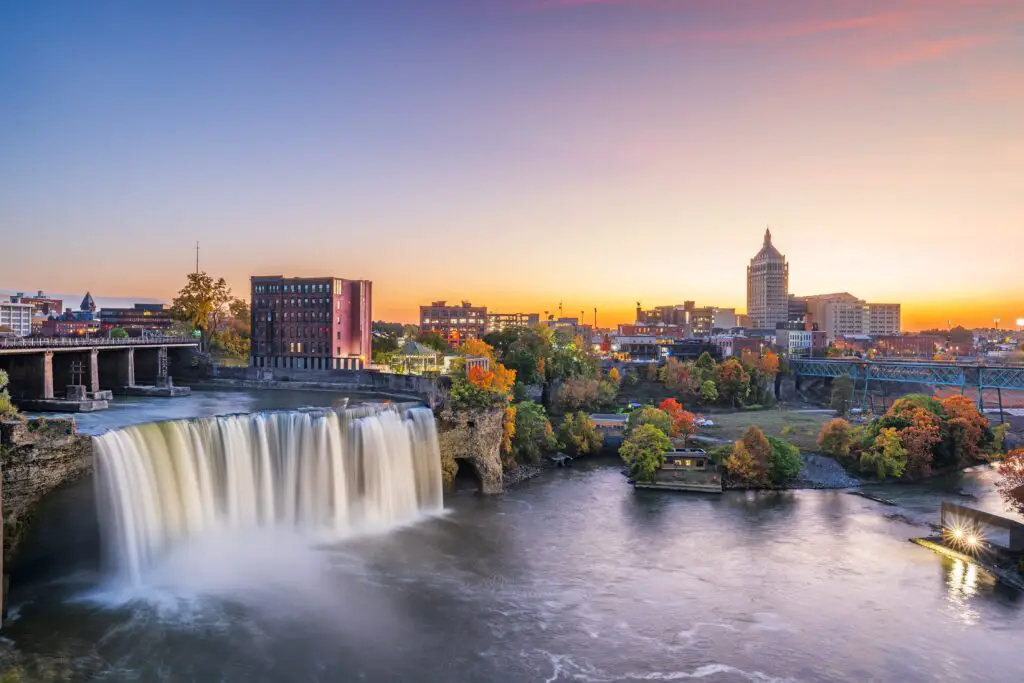
In 1848, two sisters in Rochester, New York—Kate and Margaret Fox—made headlines with their claims that a ghost communicated with them through rapping sounds. The “ghost” was said to be a murdered peddler buried in their basement. The girls developed a system of questions and knocks, and soon the whole town was hooked. Newspapers covered the events breathlessly, and spiritualism took off like wildfire.
Crowds came to watch the sisters communicate with the spirit, and even some scientists got involved. While later the girls admitted to faking some of the raps, others believed their confessions were coerced. Regardless, the Fox sisters are often credited with launching the spiritualist movement in America. It all started with a ghost story that felt real enough to make the news.
